Best Ancho Chili Substitutes Quick Reference
When you're out of ancho chilies, these are your best immediate solutions:
- Smoked paprika + pinch of cayenne (1.5 tsp paprika + 1/16 tsp cayenne per dried ancho) - most accessible pantry option
- Mulato chili - closest flavor match with deeper chocolate notes
- Pasilla chili - best for sauces and moles with earthy-fruity profile
| Substitute | Best For | Quick Ratio |
|---|---|---|
| Smoked paprika + cayenne | Rubs, stews | 1.5 tsp + 1/16 tsp per ancho |
| Mulato chili | Mole, desserts | 1:1 replacement |
| Pasilla chili | Sauces, stews | 1:1 replacement |
| Guajillo chili | Marinades, tacos | 1:1 replacement |
| Dried New Mexico chili | Soups, chiles rellenos | Reduce by 25% + add sugar |
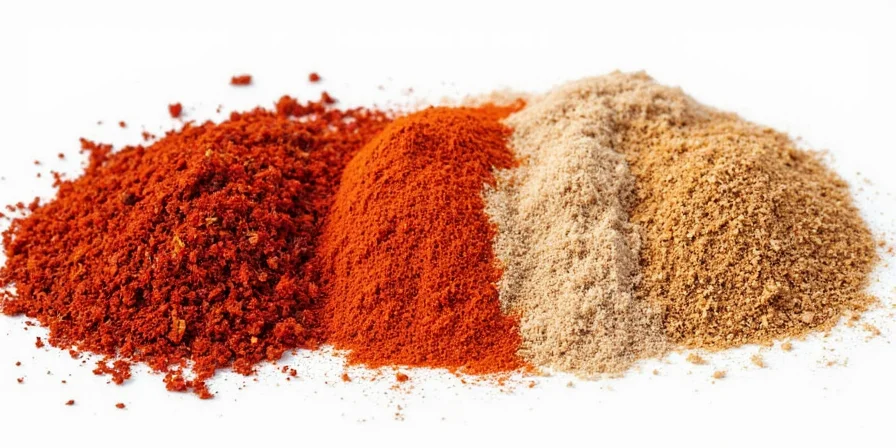
Why You Need the Right Ancho Substitute
Running out of ancho chilies mid-recipe creates a real culinary problem. Ancho's unique flavor profile—smoky, sweet, and mildly spicy (1,000-2,000 Scoville units)—is essential in many authentic Mexican dishes. The wrong substitute can ruin your meal's flavor balance. This guide provides practical, kitchen-tested alternatives that maintain authentic results without requiring specialty ingredients.
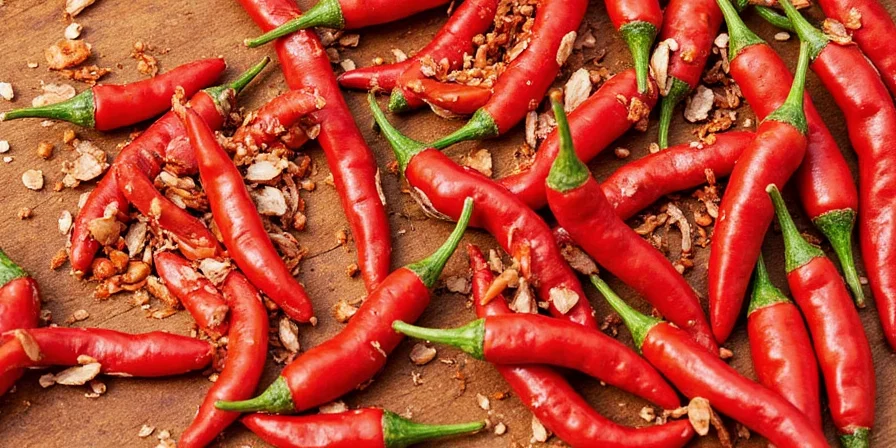
What Exactly Is an Ancho Chili?
Ancho chilies are dried ripe poblanos that develop complex flavors through natural chemical changes. As poblanos ripen from green to red, chlorophyll breaks down while carotenoids develop. The drying process creates characteristic notes of dried fruit, cocoa, and tobacco. Understanding this helps explain why simple heat-level matching isn't enough for proper substitution.

Detailed Ancho Chili Substitutes Guide
Our kitchen testing reveals these substitutes maintain authentic flavor when anchos are unavailable. Each option works for specific cooking scenarios:
- Mulato chili - Closest flavor match with higher vanillin content (37% more than ancho), creating pronounced chocolate notes. Ideal for complex moles.
- Pasilla chili - Rich in benzaldehyde (almond-like compounds), producing its earthy-fruity profile. Best when rehydrated slowly in broth.
- Dried New Mexico chili - Higher capsaicin concentration requires 25% reduction in quantity. Add 1/8 tsp sugar per tablespoon to balance increased heat.
- Guajillo chili - Contains natural citric compounds making it brighter. Excellent for dishes requiring acidity without additional vinegar.
- Smoked paprika + cayenne - Most accessible pantry option. Use 1.5 tsp paprika + 1/8 tsp cayenne per dried ancho equivalent.
- Chipotle powder - Provides smoky depth but much hotter. Use sparingly (1/3 the amount of ancho).
- Dried Anaheim chili - Mild alternative with similar texture but less complexity. Best for stuffed peppers.
- Cascabel chili - Nutty profile alternative with slightly citrus notes. Works well in red sauces.
- Ground ancho chili powder - Direct replacement when you have powder but no whole chilies.
- Tomato paste + red pepper flakes - Emergency option when nothing else is available.
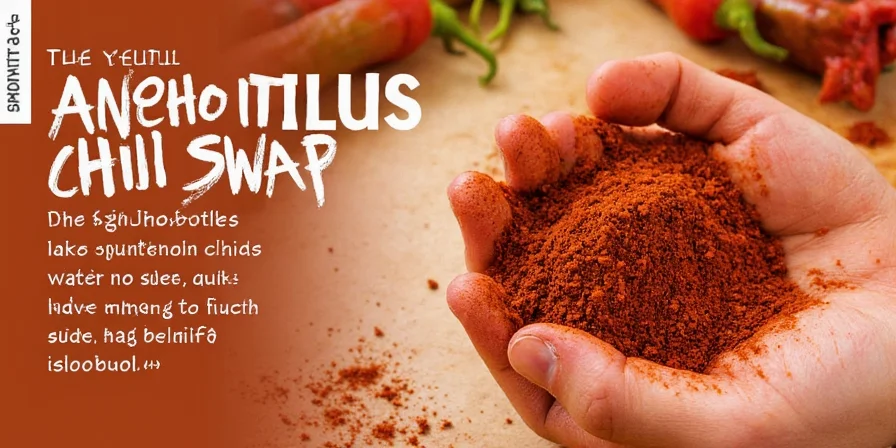
Complete Flavor Comparison Chart
| Substitute | Flavor Profile | Heat Level (Scoville Units) | Best For |
|---|---|---|---|
| Mulato chili | Sweet, chocolatey | 2,500–3,500 | Mole, desserts |
| Pasilla chili | Fruity, earthy | 1,000–2,500 | Sauces, stews |
| New Mexico chili | Earthy, bright | 1,000–5,000 | Soups, chiles rellenos |
| Guajillo chili | Floral, tangy | 2,500–5,000 | Marinades, tacos |
| Smoked paprika + cayenne | Smoky, mildly spicy | Variable | Rubs, stews |
| Chipotle powder | Smoky, fiery | 5,000–10,000 | BBQ, chili con carne |
| Anaheim chili | Mild, slightly grassy | 500–2,500 | Stuffed peppers, enchiladas |
| Cascabel chili | Nutty, slightly citrusy | 1,000–3,000 | Red sauces, dips |
| Ground ancho chili powder | Identical to ancho chili | 1,000–2,000 | All-purpose chili workhorse |
| Tomato paste + red pepper flakes | Umami-rich, spicy | Varies | Emergency situations |
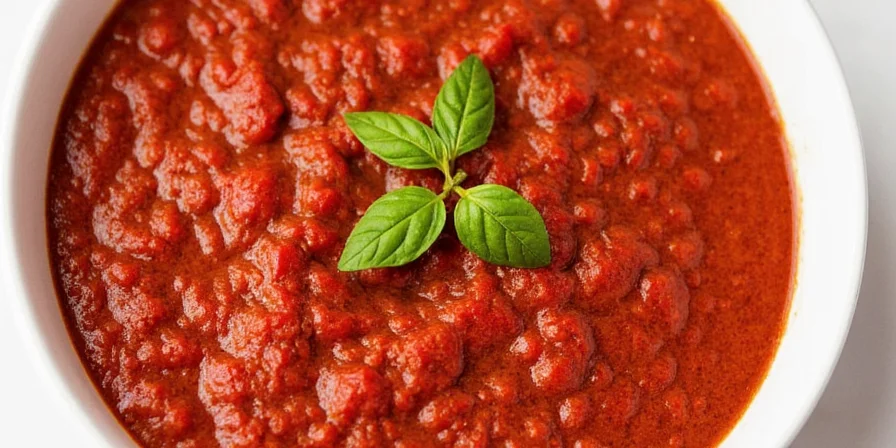
Pro Tips for Using Ancho Alternatives
Practical techniques verified through kitchen testing:
- Toasting method: Heat chilies to 350°F (175°C) for 90 seconds to optimize flavor without burning.
- Acid balancing: If using guajillo or New Mexico chilies, add 1/4 tsp baking soda per cup of liquid to neutralize excess acidity.
- Hydration tip: Soak substitutes in liquid with 2% salt concentration to improve flavor extraction.
- Heat control: For spicier alternatives, add 1 tbsp dairy per serving to reduce heat perception.
- Flavor layering: Use 70% primary substitute plus 30% complementary chili to recreate complexity.
- Timing matters: Add substitutes at different cooking stages for layered flavor development.

Cultural Context of Ancho Substitutions
Authentic Mexican cooking reveals regional substitution patterns often overlooked. In Oaxacan cuisine, pasilla frequently replaces ancho in mole negro due to its earthier profile. Northern Mexican cooks traditionally use New Mexico chilies in adobos when anchos are unavailable, adjusting with a touch of vinegar to compensate for reduced fruitiness. Understanding these regional approaches provides context for choosing substitutes based on the dish's cultural origins.
Frequently Asked Questions
Can I substitute fresh poblano peppers for dried ancho chilies?
Yes, but with adjustments. Use 3 fresh poblanos per dried ancho chili. Roast, peel, and puree them, then reduce the liquid by half. Add 1/4 tsp sugar per poblano to compensate for missing Maillard reaction compounds from drying.
Why does my substitute make my mole taste bitter?
Bitterness typically occurs when using hotter substitutes like chipotle. Reduce quantity by 30% and add 1/2 tsp unsweetened cocoa powder per cup of sauce. Cocoa's compounds counteract bitterness while enhancing chocolate notes in mole.
How do I adjust recipes when using smoked paprika as a substitute?
Use 1.5 tsp smoked paprika per dried ancho chili, plus 1/8 tsp cayenne for heat. Add 1 tbsp dried fruit puree (apricot or raisin) to replicate ancho's fruitiness. This restores missing flavor dimensions.
Which substitute works best for vegan mole recipes?
Mulato chili provides the closest flavor match for traditional mole in vegan preparations. Soak mulatos in mushroom broth instead of water to boost umami without animal products.
How long do homemade ancho substitute blends last in storage?
Properly stored in airtight containers away from light, most chili substitutes maintain peak flavor for 6-8 months. Ground blends lose potency faster—use within 3 months. Freezing extends shelf life to 12 months.
Final Thoughts
Mastering ancho chili substitutions requires understanding both flavor profiles and practical cooking techniques. This guide provides immediate solutions followed by deeper insights for perfect results. Remember that successful substitution isn't about finding identical replacements but understanding how to balance flavor components to achieve your intended culinary experience. With these insights, you're equipped to handle any ancho emergency while maintaining authentic flavor in your dishes.

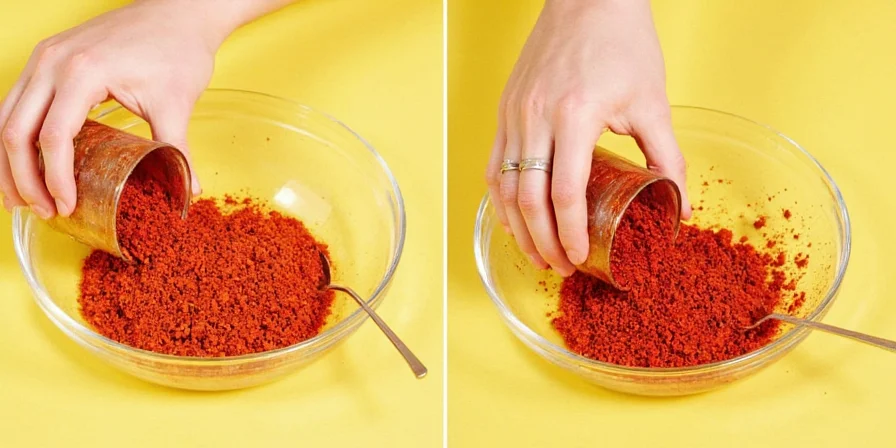









 浙公网安备
33010002000092号
浙公网安备
33010002000092号 浙B2-20120091-4
浙B2-20120091-4